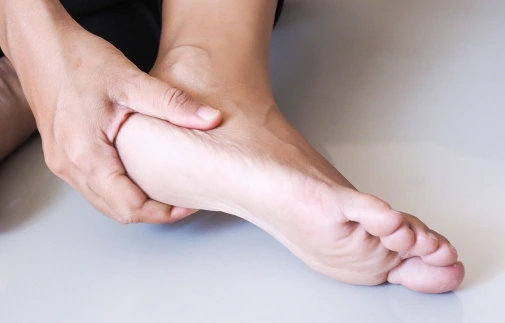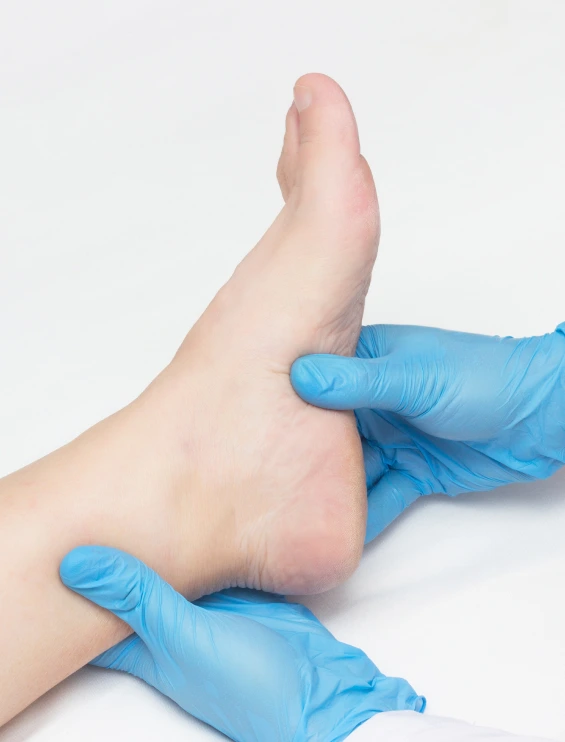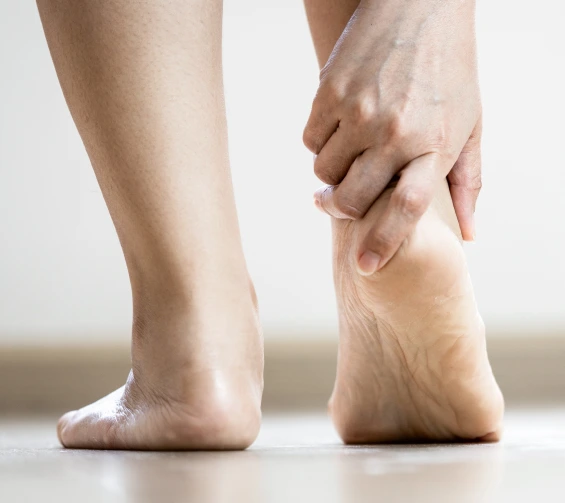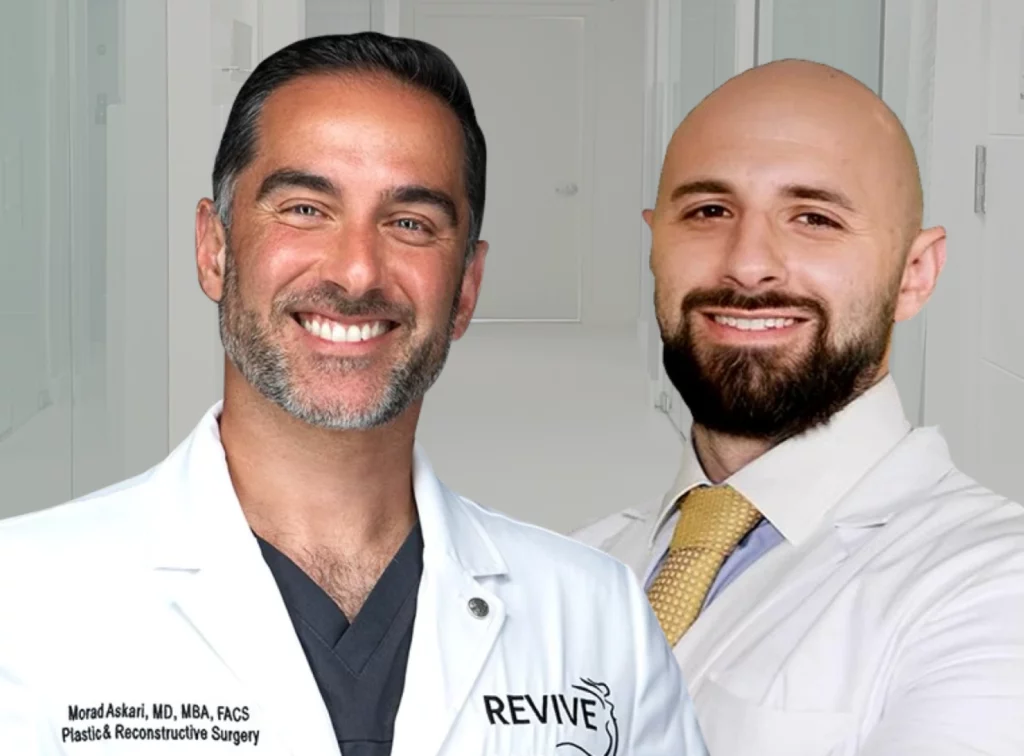Interested in Hand or Foot Surgery? Visit our Institute! Click here
Revive Hand & Foot Institute, located in Miami, FL, offers advanced bone spur treatments for long-term relief from this painful foot condition. Led by renowned specialists Dr. Morad Askari and Dr. Ashot Oganesyan, our team uses advanced techniques and cutting-edge technology to deliver quality care focused on patient comfort. We offer non-invasive therapies and surgical procedures when conservative treatment fails to provide relief. Our seamless experience and flexible scheduling make quality bone spur care easily accessible. Revive Hand & Foot Institute offers an excellent environment for restoring foot function and improving quality of life!


Bone spurs are often accompanied by plantar fasciitis, an inflammation of the thick band of tissue that runs along the bottom of the foot, causing discomfort and aches. This condition can be addressed with surgical methods, such as plantar fasciotomy. Invasive treatments are often the only option for patients experiencing heel pain that affects their movements and quality of life. They are used when conservative therapies do not provide relief.
During plantar fasciotomy, Dr. Oganesyan partially cuts the plantar fascia ligament to release tension and relieve inflammation. As a result, the ligament heals and becomes more flexible. Recovery involves rest, ice, compression, and elevation for the first few weeks, followed by physical therapy. In many cases, a plantar fasciotomy is necessary for relieving heel pain, but it does not address the actual bone spur growth.

